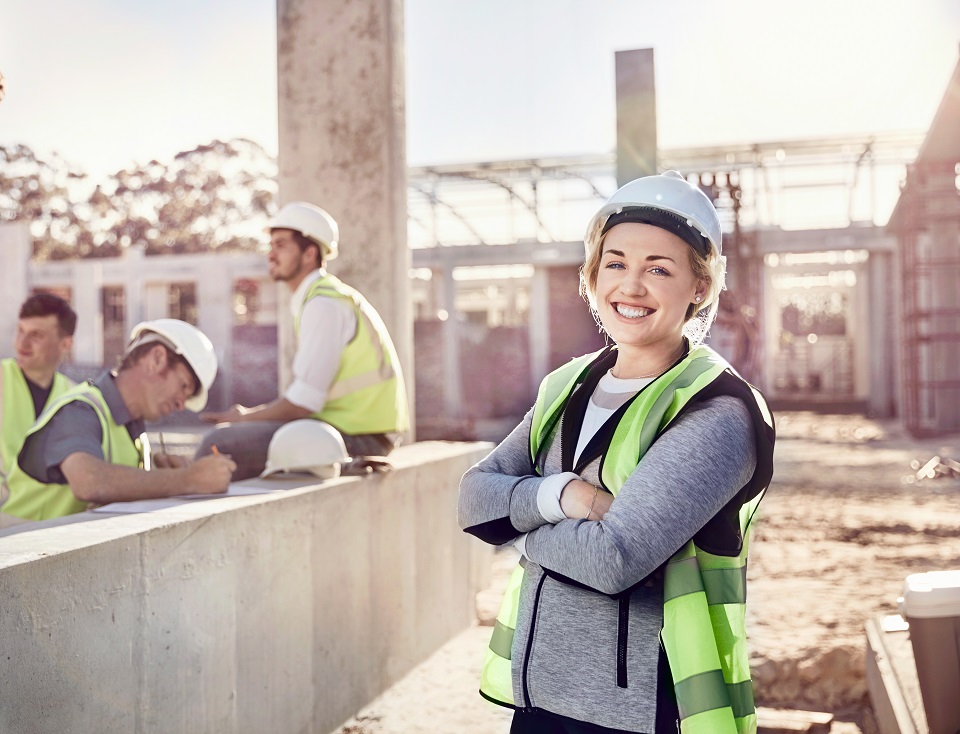
A lot of our members use quad bikes and side-by-side vehicles in their day-to-day operations. However, because quad bikes have been involved in a large number of serious injuries and deaths in Western Australia, many businesses have invested in side-by-sides.
Side-by-side vehicles are a much safer option than quad bikes as they come with four wheels, roll over protective bars and seatbelts. Usually side-by sides are designed to be safer but incidents can still happen.
Side by side vehicle - Information sheet - Reducing the risk when using side-by-side vehicles has been released after the use of side-by-sides in workplaces has risen, so has the number of incidents resulting in injury or death in WA workplaces.
Members should review the new information, and conduct a thorough risk assessment for any activities where staff are using side-by-side vehicles.
Operating conditions
Members must assess the terrain before using a side-by-side to ensure that the operator is not at risk of roll over. The vehicle should be operated in accordance with the manufacturer's recommendations.
Carrying or towing loads
When carrying loads, ensure items are properly secured and vehicle is not overloaded. Also, check that towed items are within towable speed limit.
Training and assessing operators
Members should give the task to operators who have been trained in the use of a side-by-side. The training incorporates reading the operator's manual and safety warning decals, as well as an assessment of operational skills. Training is also required for the use of attachments when fitted.
Maintenance and repairs
Regular maintenance should be done by a competent person. Moreover, drilling and welding of roll over protection systems (ROPS) can affect their structural integrity. Therefore it should not be done without approval from the manufacturer.
Operators and passengers
Any worker riding in a side-by-side must be seated and facing forward. No person should ride on the tray or be carried by standing on the sideboards. Seat belts should be worn.
Safety devices and lights
Never remove or disable any safety device or light that has been provided by the manufacturer. Safety devices may include seatbelts, forward and rear facing lights, doors (solid or net), and ROPS.
Personal protective equipment and clothing (PPE)
Operators and passengers should be provided with appropriate PPE when operating or travelling in side-by-side vehicles. The wearing of helmets is recommended by manufacturers for both operators and passengers. Other PPEs to consider are enclosed footwear, eye protection, and long sleeves and long pants to protect from sun exposure, biting insects and branches entering the vehicle.
For support in developing and implementing your risk management process, contact the LGIS people risk team or your regional risk coordinator.